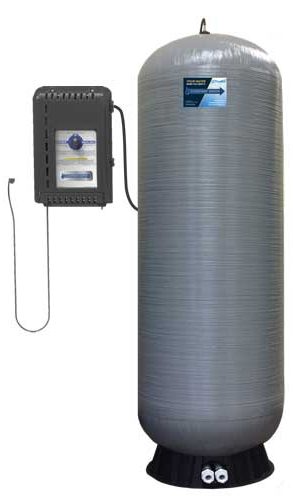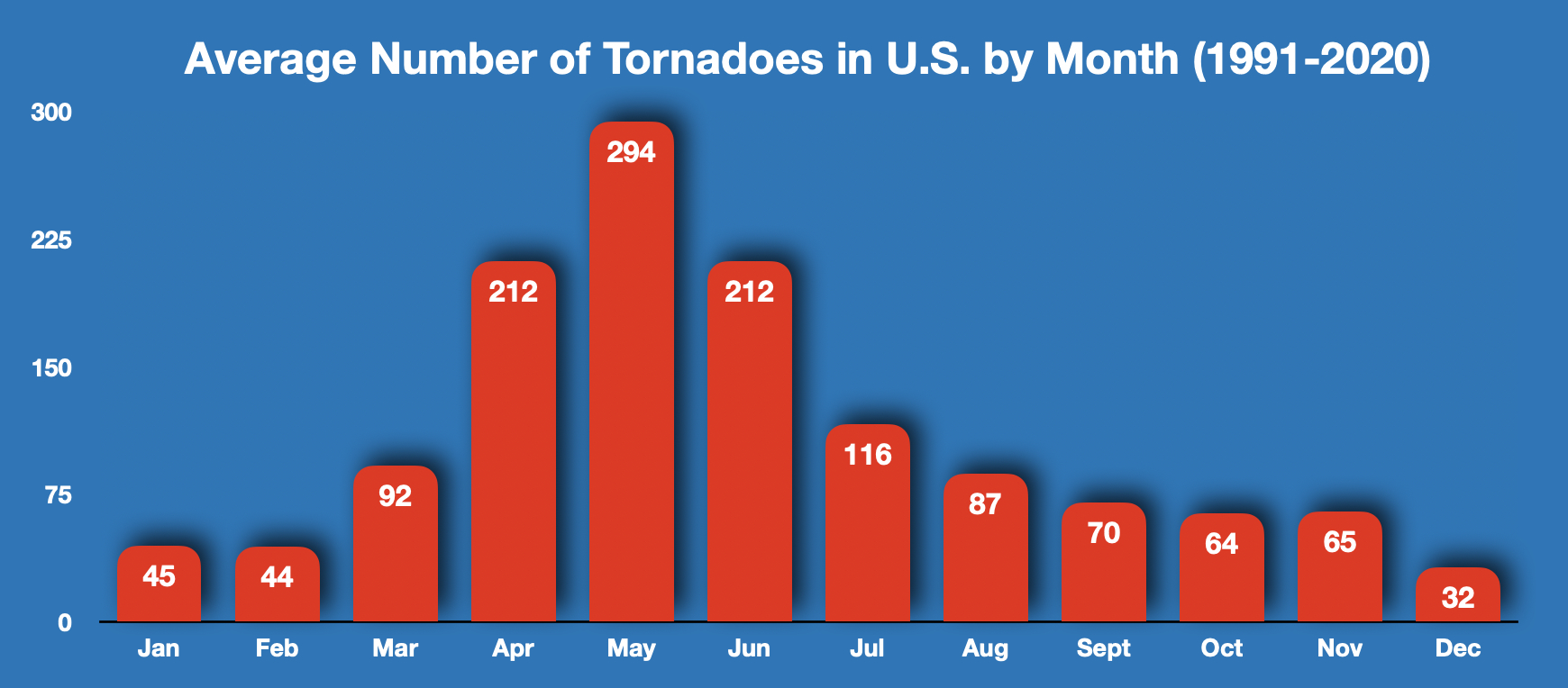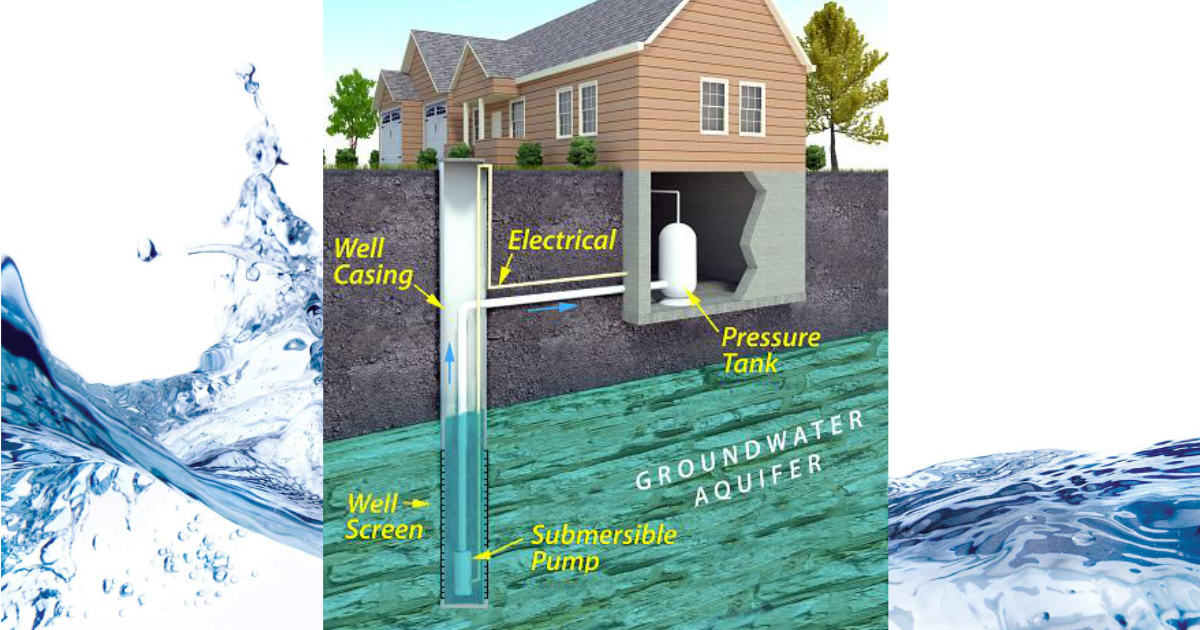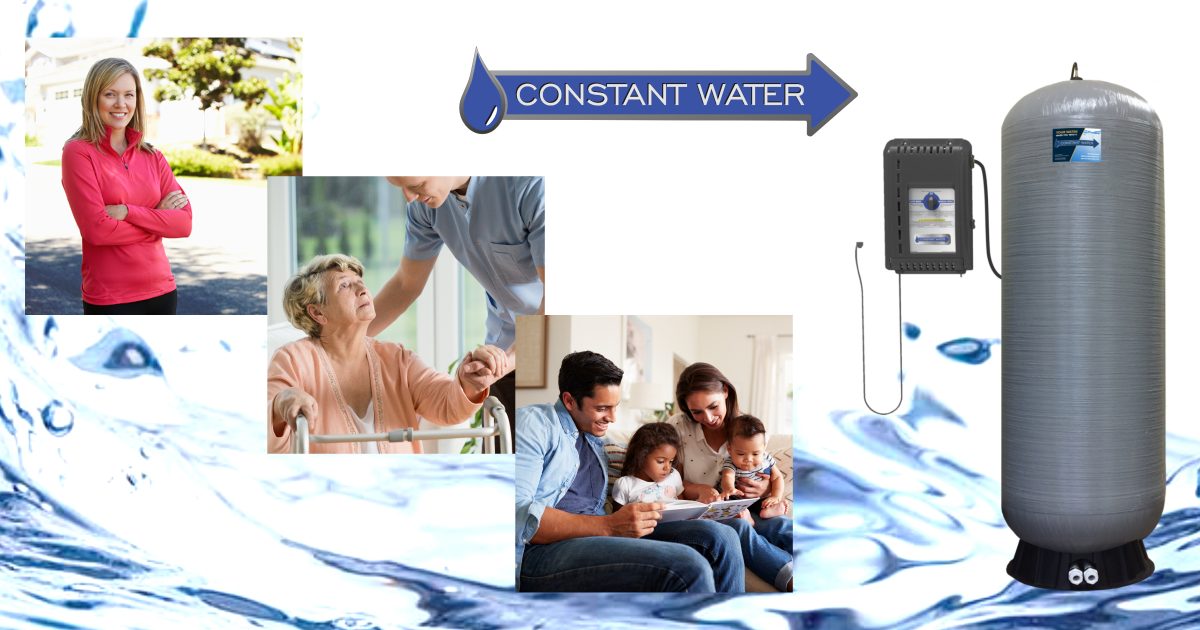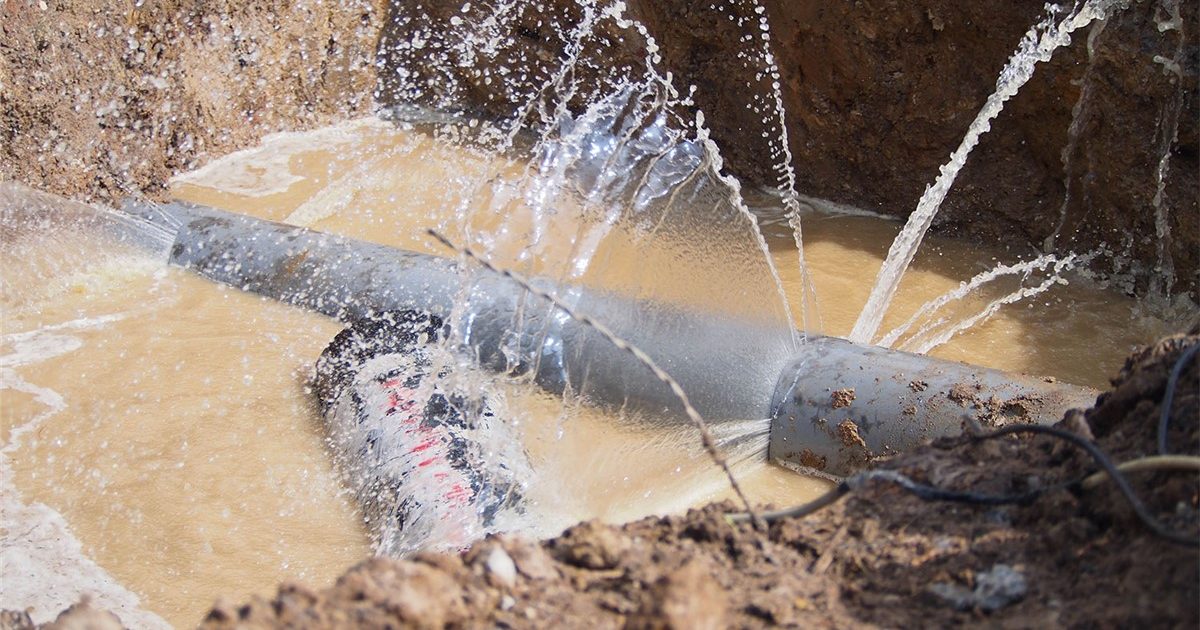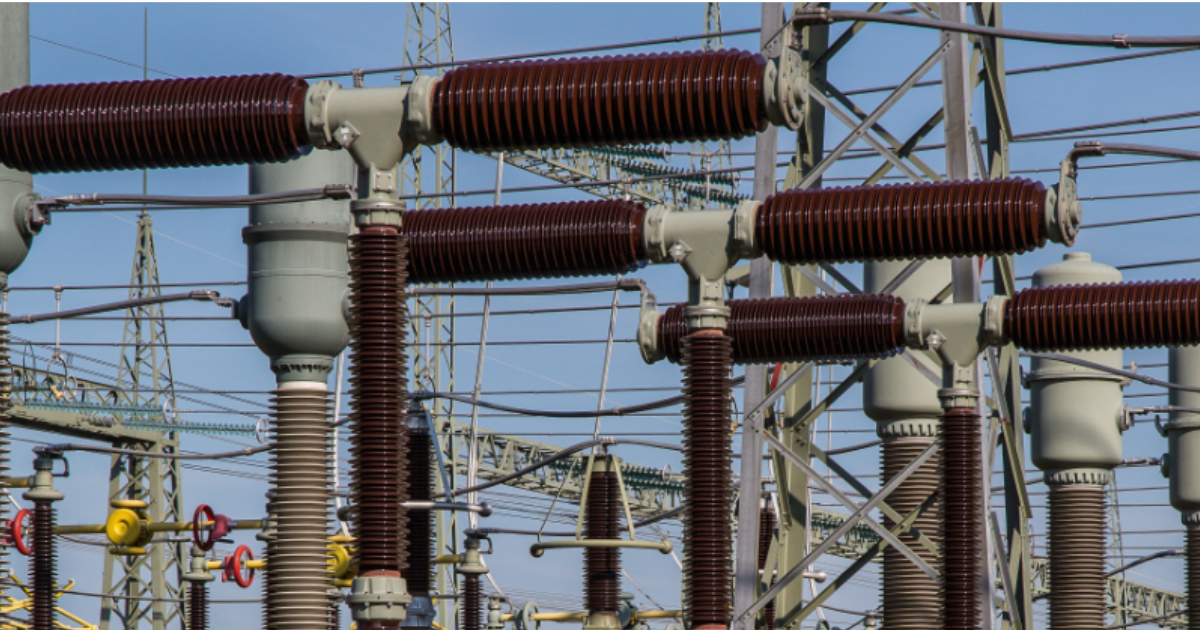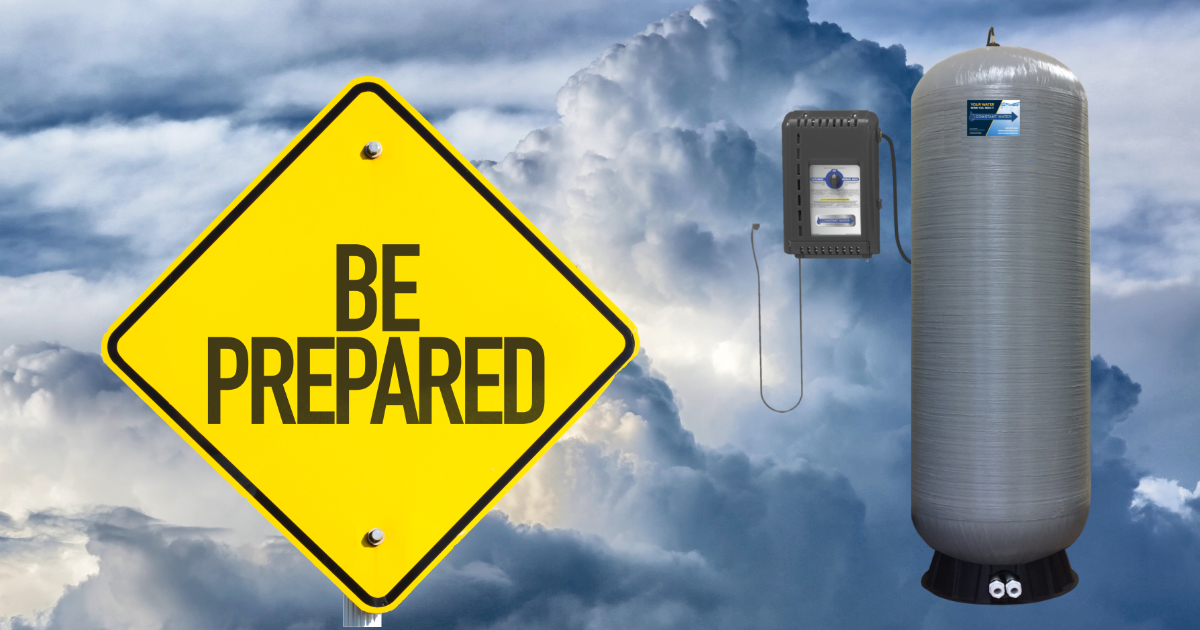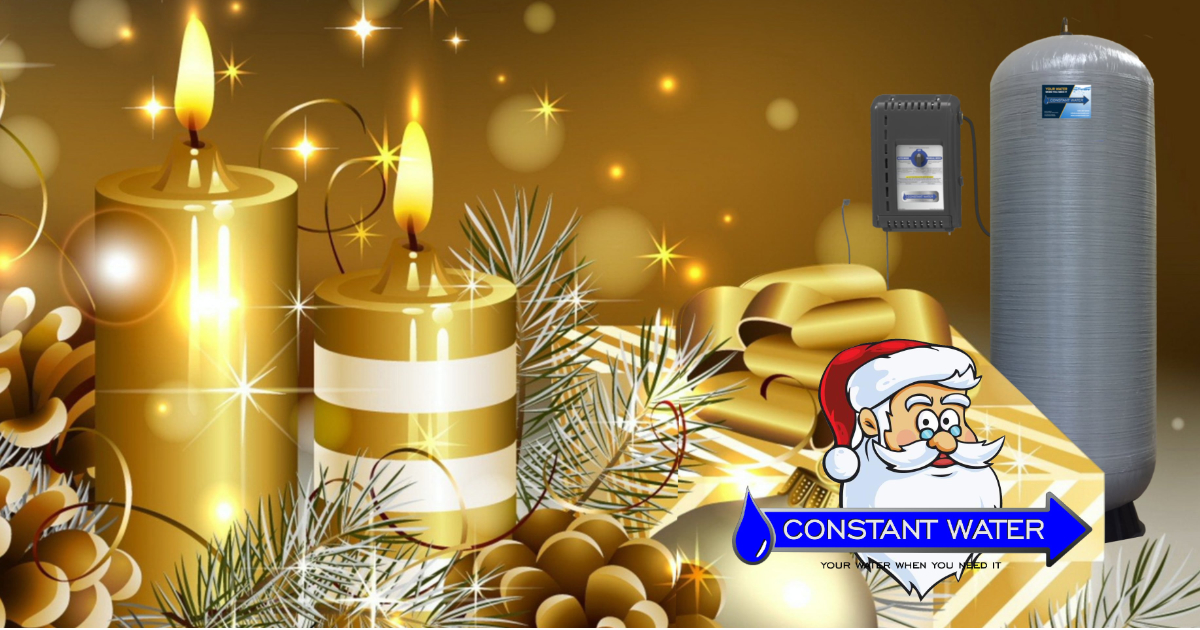This has been an unusually early weather season and may predict a harsh Spring and Summer storm season. While just entering typical Spring storm season, a warmer overall winter across much of the country may be contributing to early damaging storms and may make the coming summer storm season more severe.
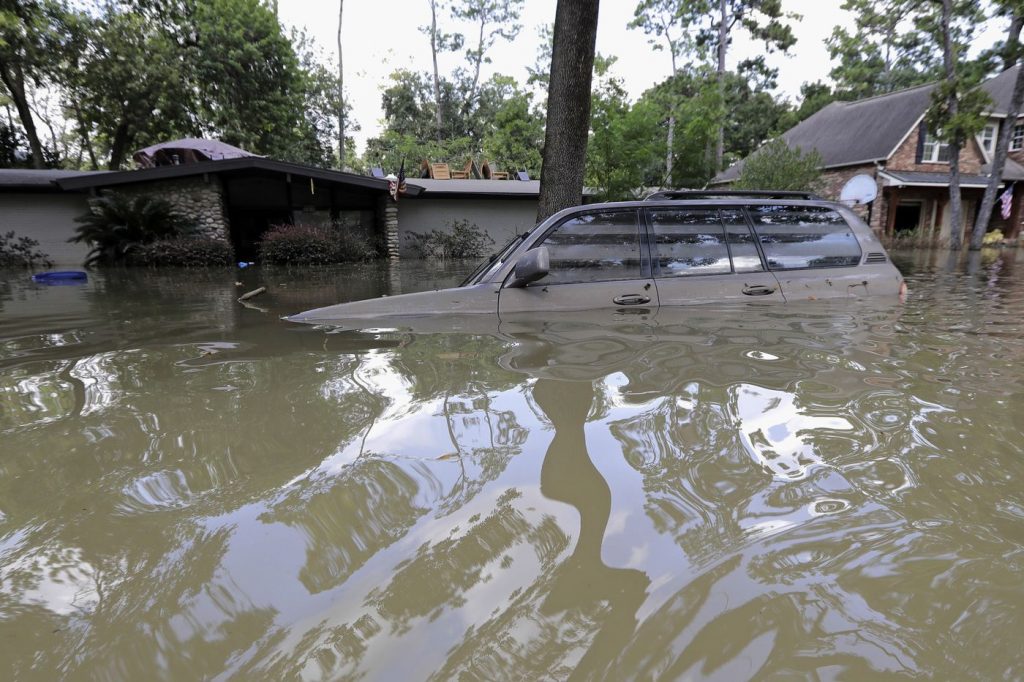
This early storm season has been dramatically different from years past:
- Tornadoes in Tennessee, Kentucky, Louisiana, Missouri, Mississippi, and others well before “storm season”
- Drought conditions in the west U.S. followed by record snow pack that threatens California flooding.
- 25”+ of rain in Florida in less that 24 hours—A prolonged rain storm, not a hurricane.
It has been eye opening for those impacted by this weather so early.
In the west, the mountain snow pack has been almost record-breaking. Also, a series of early storm “atmospheric rivers” have virtually eliminated current drought conditions.
We Have More Severe Weather Than Others—Here’s Why
If you think the U.S. experiences more severe weather than other countries, you might be surprised to find we do. And, it turns out, there are reasons for it. In a recent article The US Leads the World in Weather Catastrophes. Here’s Why AP Science Writer Seth Borenstein discusses that “…Two oceans, the Gulf of Mexico, the Rocky Mountains, jutting peninsulas like Florida, clashing storm fronts and the jet stream combine to naturally brew the nastiest of weather.”
Add to that changing climate temperatures, and the weather conditions can be made even worse. Additionally, much of the new construction is in areas where severe weather can cause the greatest damage—along the Gulf and east coasts where more people are moving.
No other country has the range of weather severities that the U.S. has.
El Niño Watch Issued
An El Niño Watch has now been issued by the Climate Prediction Center of the National Weather Service. According to the Center, El Niño weather patterns bring:
- wetter than normal weather to the southwest, most of the south, and parts of the southeastern U.S. (flooding)
- drier than normal conditions for the Midwest and lower Great Lakes (Droughts)
- warmer than normal temperatures for the Pacific Northwest and many of the northern tier states. (Heat)
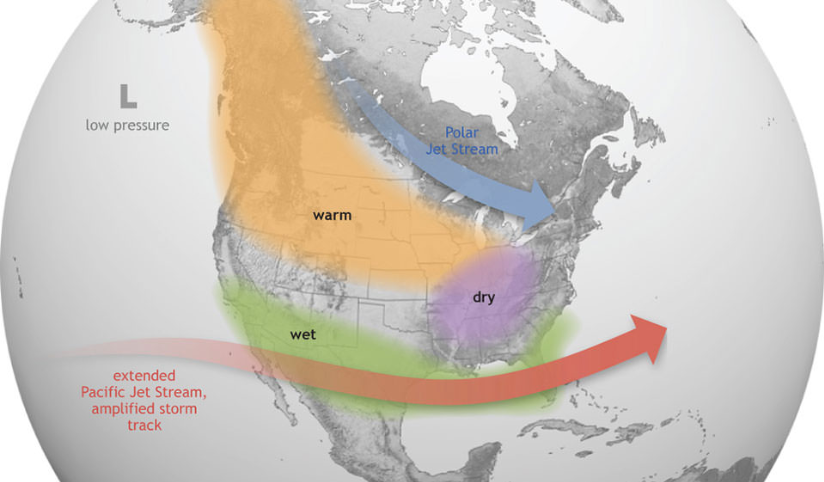
Why Emergency Water is an Issue During a Flood?
- Damage—For people on public or community water systems, raging flood waters can damage the public water plants or damage water mains as they rush through. Entire communities can be without potable water for days and weeks at a time.
- Contamination—Even flood waters that aren’t destroying homes can carry contaminants that may pollute both public water supplies and underground aquifers used by home and businesses on water wells.
Don’t be without reliable potable water during storm season.
Don’t Wait for Bad Weather — Prepare Now
Forecasting weather is difficult. But preparing for inevitable storms doesn’t have to be. We have collected a few web sites with great preparation checklists that are worthy of review.
- NATIONAL OCEANIC AND ATMOSPHERIC AGENCY (NOAA) – On the National Oceanic and Atmospheric Agency (NOAA) site, you can both see their preparation recommendations and monitor the hurricane as it approaches. Click Here to see the NOAA site. Many times, but particularly during the hurricane season, weather warnings will bring you to this site where you can monitor the storm path.
- THE RED CROSS – Not all areas are at risk of hurricanes. Each area of the U.S. has different risks for different disaster and weather events. The Red Cross preparation page has recommendations and checklists for 23 major disaster events. Click Here to see the Red Cross Preparation Checklists.
- READY.GOV – Some of us are older than others, and some of us may have physical challenges that warrant additional consideration when preparing for severe weather. Those with disabilities may need more preparation time or help in their preparation efforts. Ready.gov has a page with additional recommendations specifically for those with disabilities. You can see the Ready.gov checklist for those with disabilities Click Here.
Water Is The Most Important Commodity During a Severe Weather Event
Consider a battery-powered, whole-house emergency water system for your home.
More and more, families are experiencing “water-out” conditions for a variety of reasons—droughts, major storms that can carry tornadoes or cause flooding, mudslides, earthquakes, and hurricanes.
Even our aging public water infrastructure is breaking more often.
And more of us are opting to “age in place”—to stay in our homes for as long as we can. There are solid reasons to stay in your home versus moving to a residential facility, but our elderly loved ones may need additional resources to ensure an unexpected weather event has minimal impact on them.
Consider a Battery-Powered, Whole-House Emergency Water System
A whole-house emergency water system could make a huge difference. Whether you are on public water or your own water well, there are just so many ways you can be without water. And for homes on public water systems, a generator will not help you with loss of water.
See how families like yours feel about their emergency water systems. See some of the “Testimonials” here.
You can see our systems here. You can click on each system to see additional information about each system size.
We ship across the country, so we can get a system to you typically in less than a week.
However you prepare, we always recommend preparing early. While you may plan to leave the area well before the storm hits, sometimes families get caught off guard and are forced to “shelter in place.” And not all disasters come with a warning.
Be Safe! Prepare Early!

